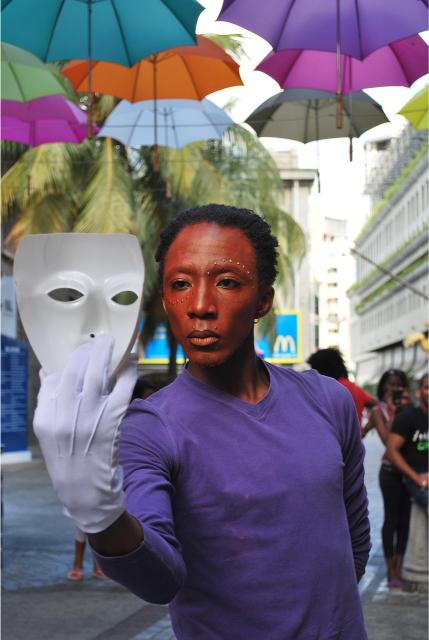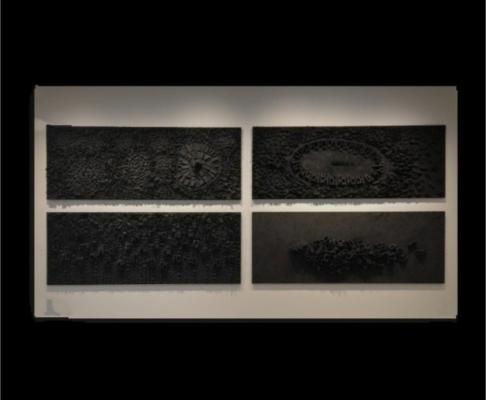An Article by A. V. (792 words, 4 min. read)
“The thermometer of success is merely the jealousy of the malcontents.”Salvador Dalí
The art world thrives on the illusion of unity: artists, curators, and galleries claiming to support each other in the name of creativity. But beneath this facade lies a ruthless industry where friendships are often transactional, success invites sabotage, and power struggles dictate the rules.
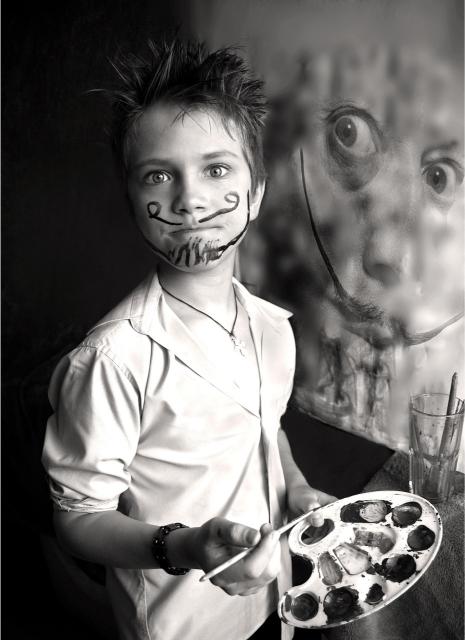
Dalí’s words capture this reality: success does not only bring admiration; it also provokes jealousy. Instead of celebrating talent, many would rather see their peers fail than risk being overshadowed. Artists pretend to uplift each other while secretly hoping for their downfall. Curators play intellectual games to outmaneuver rivals. Galleries engage in cutthroat competition. Even the press, supposedly an independent voice, often prioritizes money over merit.
Artists: The Quiet War of Hypocrisy
Artists love to portray themselves as a supportive community, praising each other’s work and achievements. But when one artist rises, gaining gallery representation, media attention, or strong sales, many of their so-called friends turn silent or resentful.
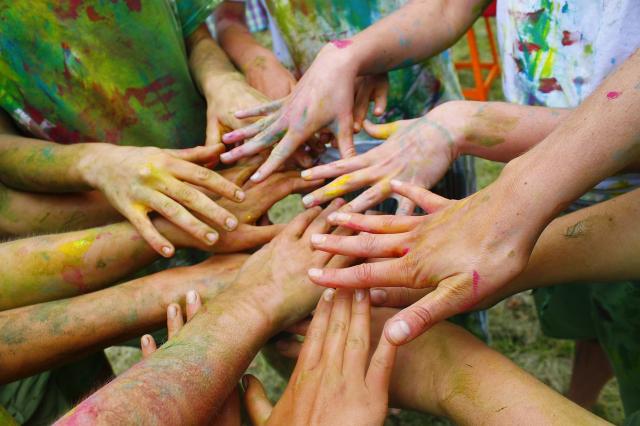
Some dismiss their success as luck or connections, while others subtly spread doubts about their talent, pretending their art is “commercial” or just “decorative”. Some go further, blocking opportunities by discouraging collectors or curators from taking them seriously. The hypocrisy is clear: solidarity exists only when artists are on equal footing. Once one stands out, others often try to pull them back down.
Curators: The Intellectual Battlefield
Curators (and even art dealers) claim to be the visionaries shaping the art world, yet many are more focused on dismantling their rivals than supporting artists. They discredit one another’s exhibitions, reject artists associated with competitors, and manipulate institutions to maintain control.
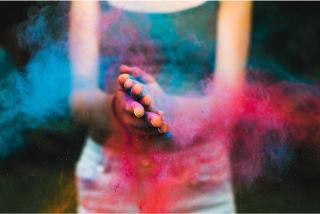
Rare are the curators who genuinely support artists without expecting substantial financial gain. Even more rare are those who expect no financial gain at all. Many take significant commissions on sales, profiting from the very artists they claim to champion. To make a living out of curation is not wrong, but the financial benefits should be reasonable and not overwhelming. Their role, once about artistic passion, has increasingly become about influence and self-interest rather than fostering talent.
Galleries: More Business, Less Art
Galleries claim to nurture artists, to elevate them, and to help them grow. But in truth, many operate like ruthless businesses, focusing more on power and profit than on art itself.
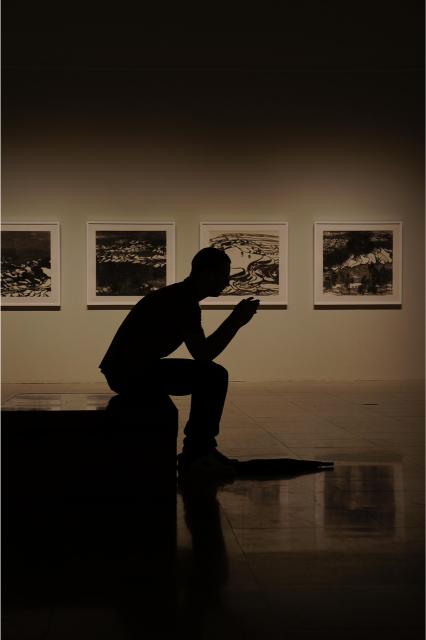
The first hypocrisy lies in the way they treat their artists. They take extremely high percentages on sales, sometimes up to 50% or more, while presenting themselves as the artists’ greatest supporters. Instead of allowing artists to build independent careers, they keep them locked into restrictive contracts, limiting their exposure and controlling their market value.
Then comes the war between the galleries themselves. They do not just compete; they actively sabotage one another. They spread false rumors about rival dealers, discourage collectors from buying outside their own network, and even manipulate auction prices to damage competitors’ reputations. Some go as far as influencing major art fairs and museums to exclude certain galleries, ensuring that only their own artists remain visible.
When the focus is on sales figures, brand positioning, and market dominance, the purity of art is lost in the noise.
The Press: A Bought Voice
If curators and galleries control the industry, the press ensures that only their narratives are heard. The art world loves to present the media as an independent voice, highlighting important artists and trends. But in reality, most major art publications only cover what they are paid to cover.

Art fairs, galleries, and even individual artists pay for press coverages, ensuring that only those with the right financial backing receive recognition. Critics often favor artists who are tied to powerful collectors, while independent voices struggle to be heard. Instead of being a space for honest discourse, the press has become another tool in the competition for dominance.
If an artist, curator, or gallery does not fit into the right network, or refuses to play the game , they are simply ignored. No matter how brilliant their work is, they will not be featured. The hypocrisy is undeniable: an industry that claims to value creativity and innovation actually values money and influence above all else.
Where Is the Purity of Art?
Art should be about truth, expression, and creativity. But the industry has become a battleground of jealousy, power struggles, and financial manipulation. Instead of lifting each other up, many artists, curators, and gallerists work to bring others down.
Dalí was right: success often attracts envy. But art should not be defined by sabotage and competition. It should be about impact, authenticity, and creation. The art world does not need more hypocrisy. It needs a return to true artistic integrity.
